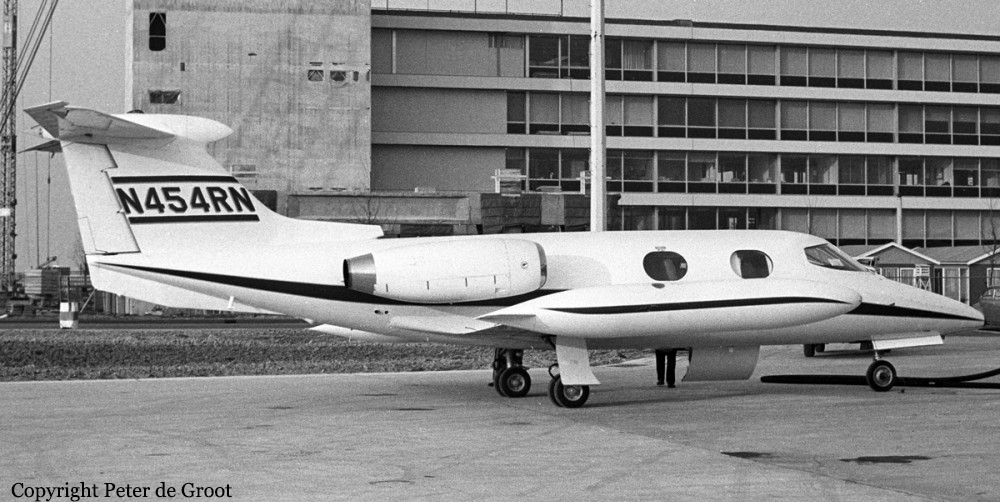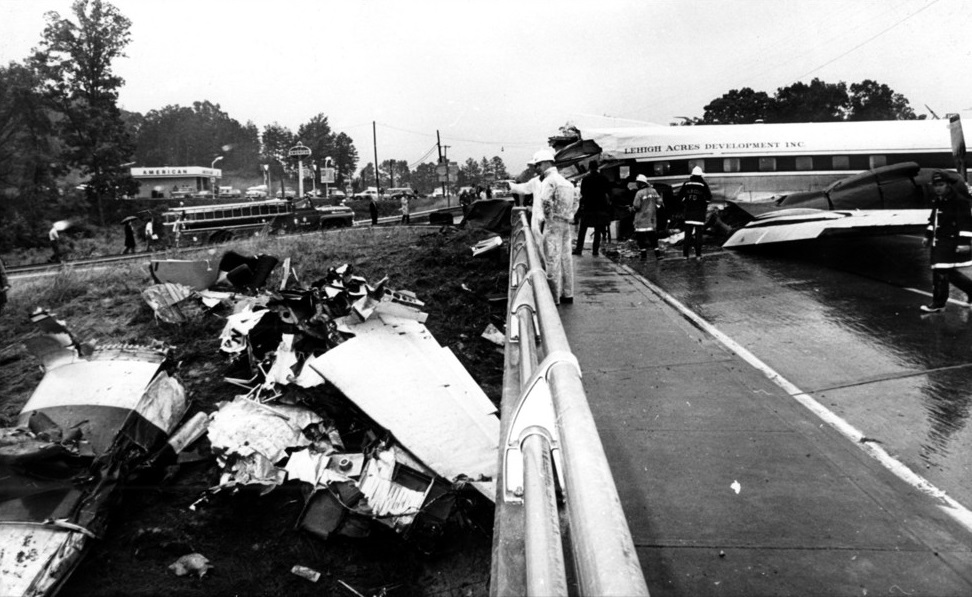Crash of a Beechcraft 60 Duke in Valdosta: 1 killed
Date & Time:
Jul 13, 1973 at 0747 LT
Registration:
N7282D
Survivors:
Yes
Schedule:
Chamblee - Valdosta
MSN:
P-84
YOM:
1969
Crew on board:
1
Crew fatalities:
Pax on board:
2
Pax fatalities:
Other fatalities:
Total fatalities:
1
Captain / Total hours on type:
57.00
Circumstances:
On approach to Valdosta Airport, the pilot encountered poor weather conditions with low clouds and fog. Too high on the localizer, he failed to execute a missed approach and attempted circling approach below published minimums when he lost control of the airplane that crashed in flames. A passenger was killed while both other occupants were injured.
Probable cause:
Improper IFR operation on part of the pilot. The following factors were reported:
- The pilot failed to maintain flying speed,
- Low ceiling and fog,
- Poorly planned approach.
- The pilot failed to maintain flying speed,
- Low ceiling and fog,
- Poorly planned approach.
Final Report:









